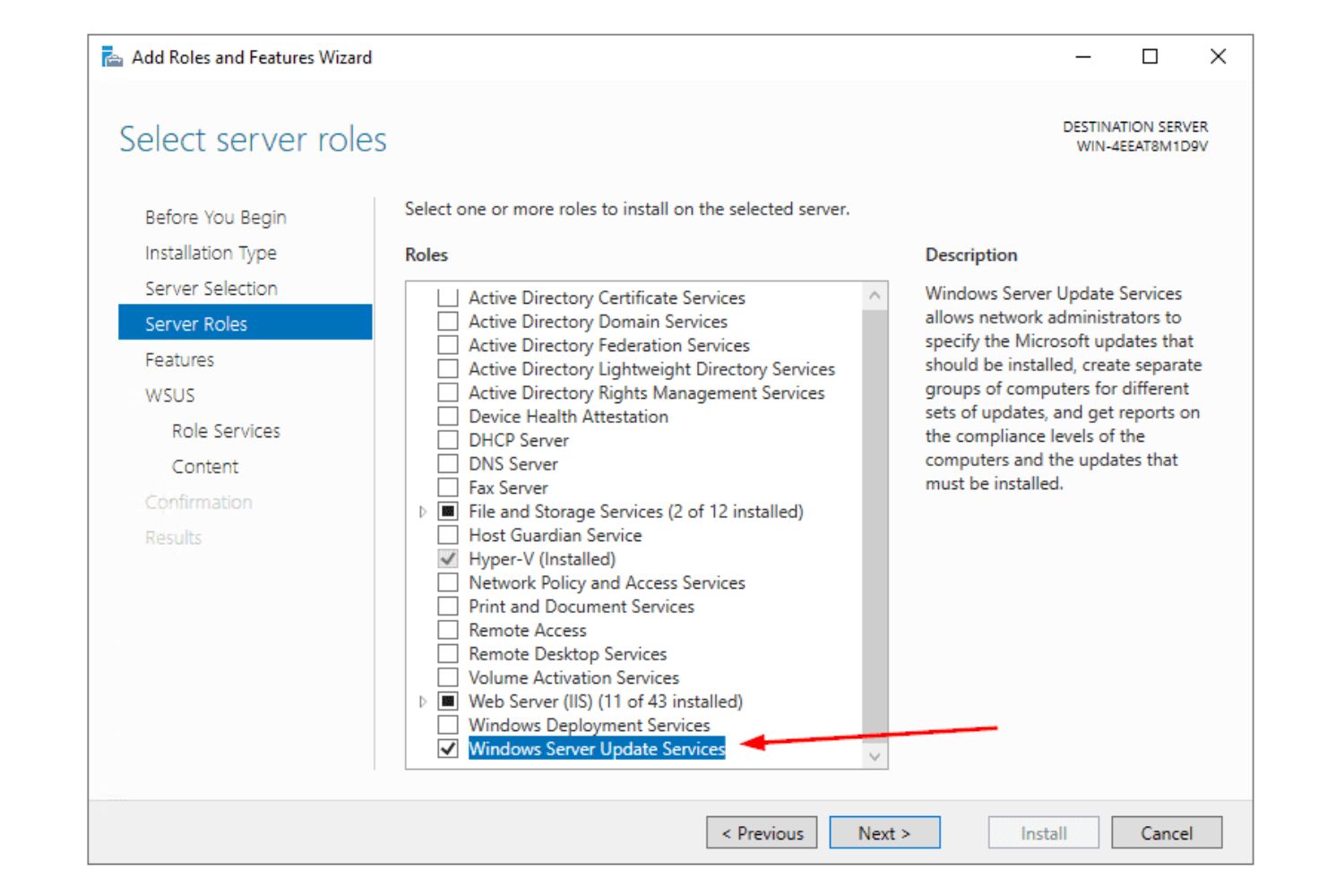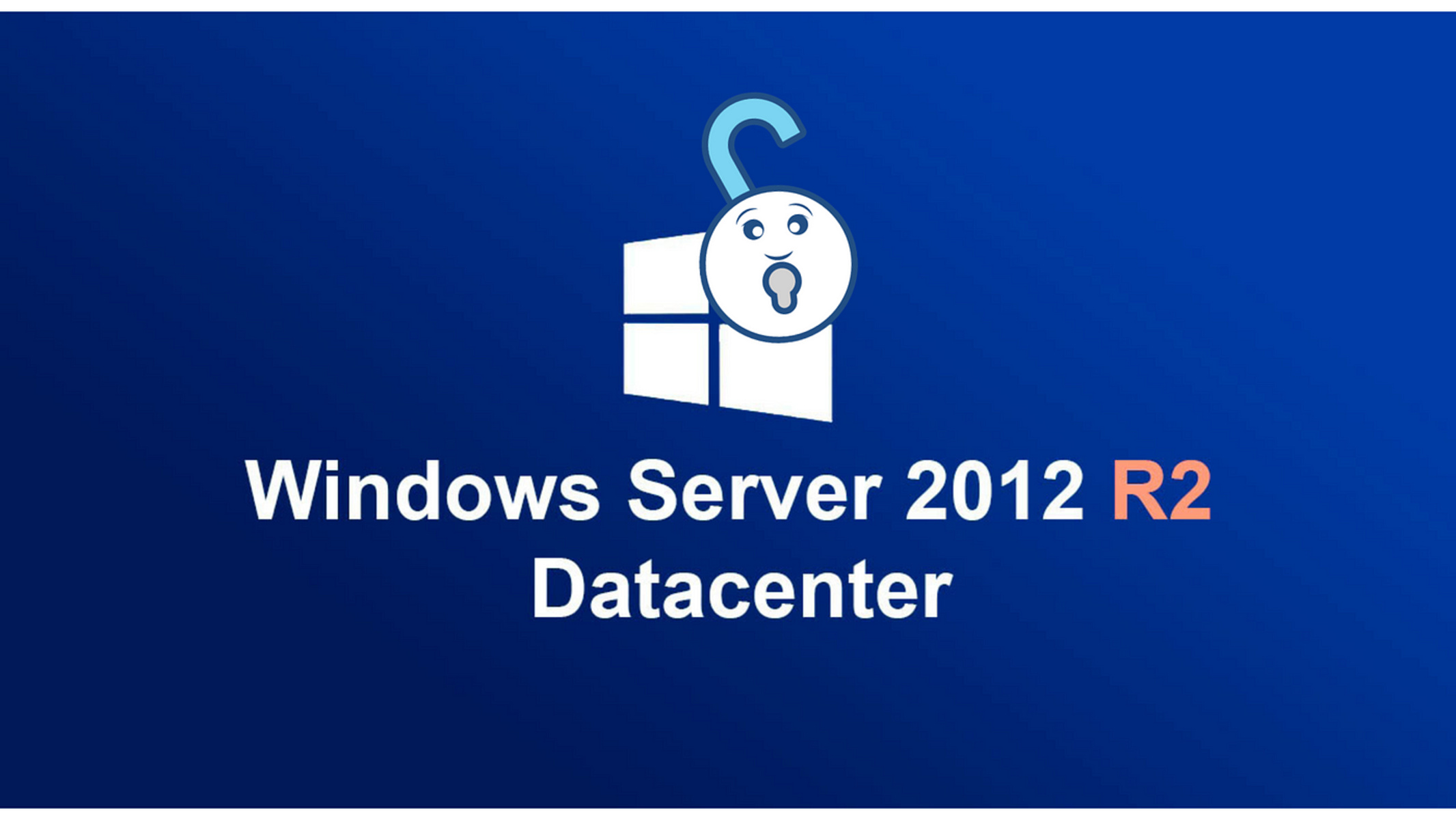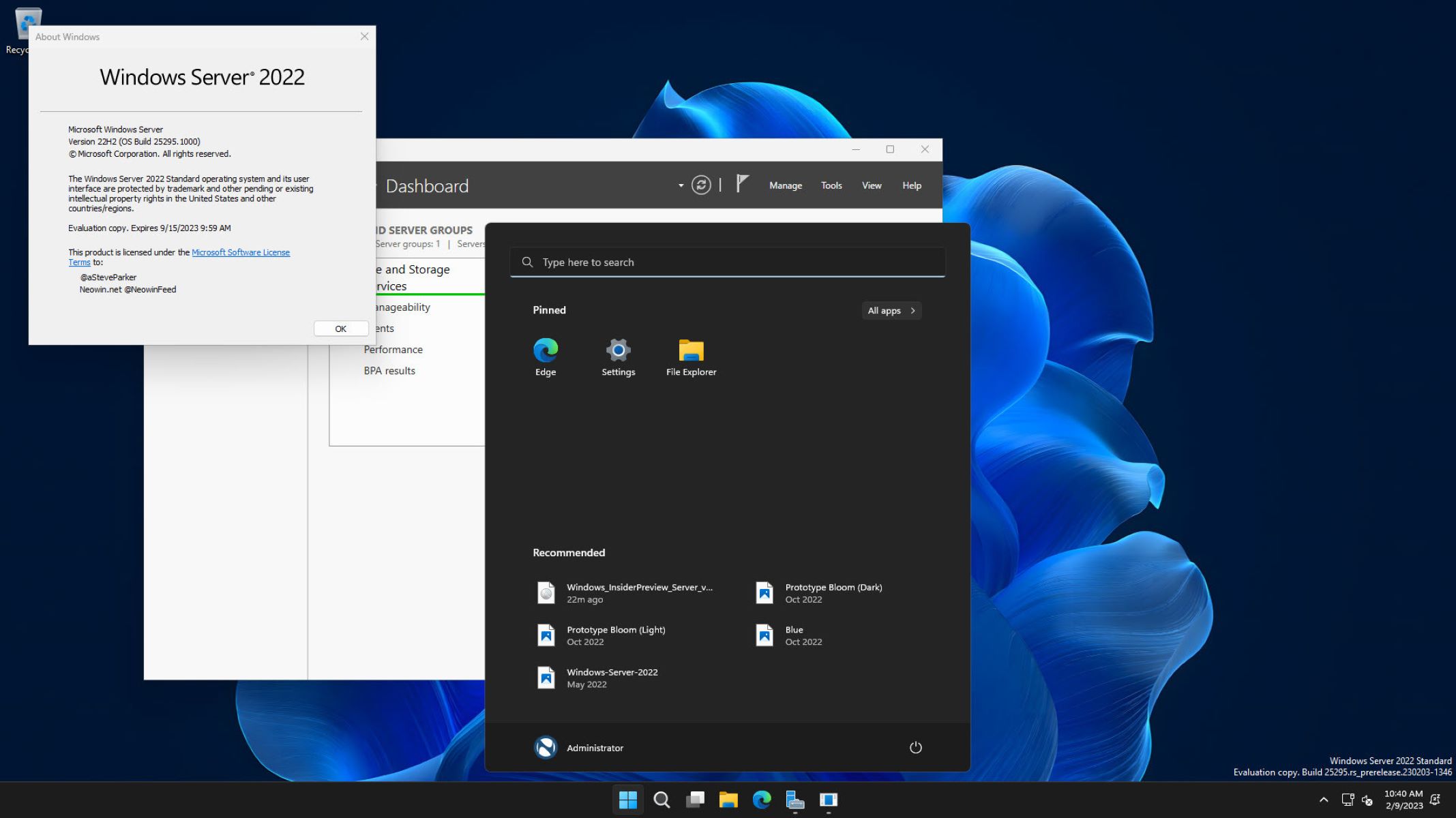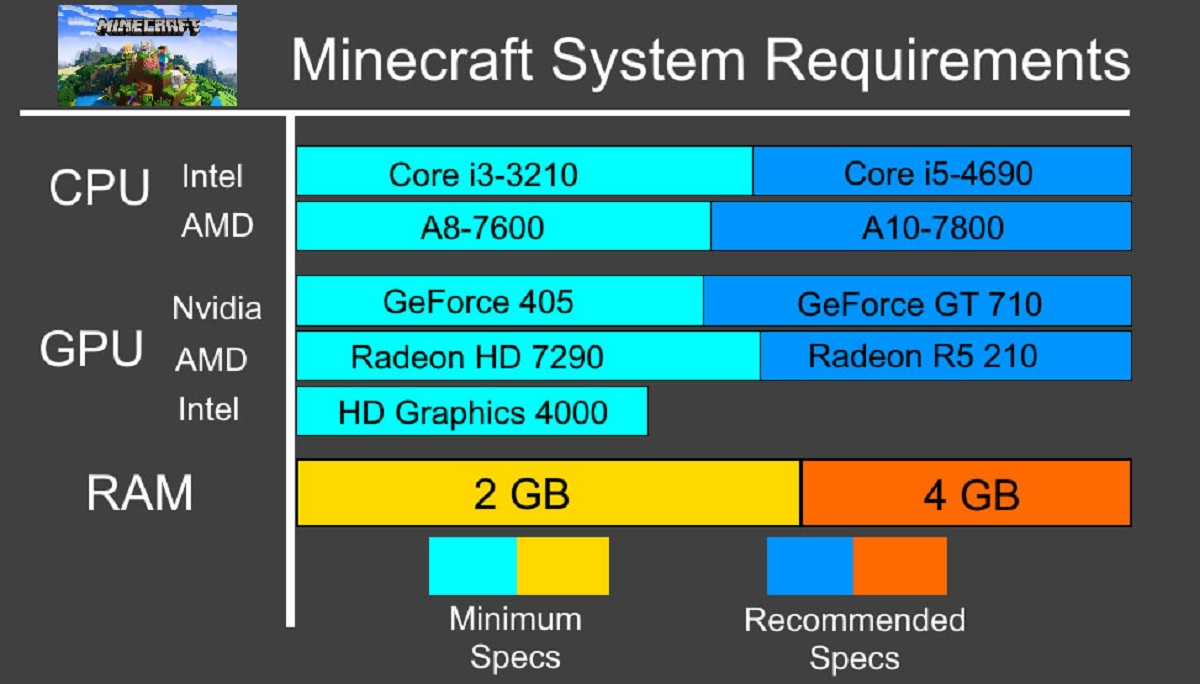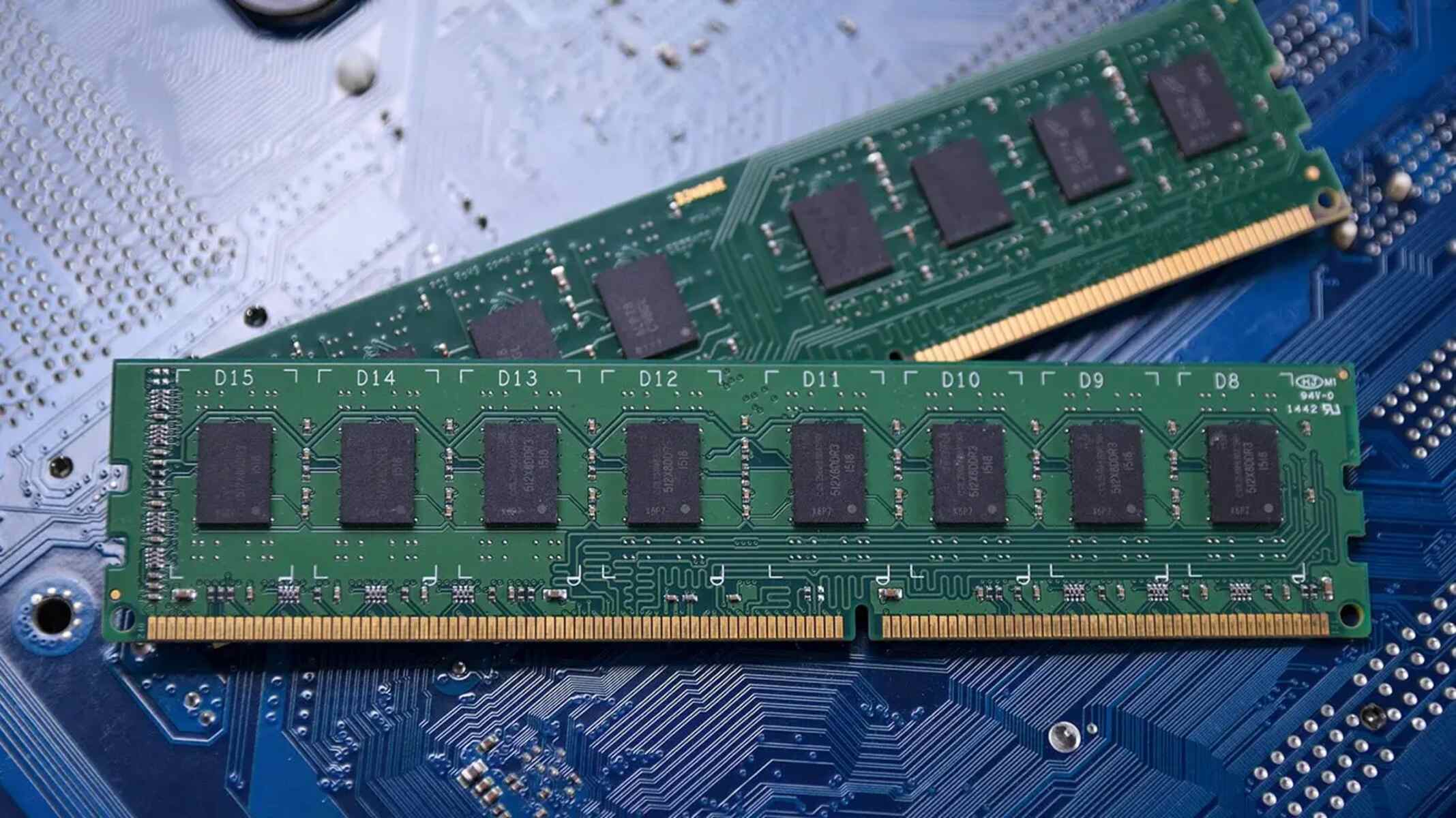Introduction
A WSUS (Windows Server Update Services) server plays a crucial role in managing software updates within an organization. It allows administrators to control and distribute Windows updates to client computers on a network, ensuring they are up-to-date with the latest security patches and bug fixes. With the ever-increasing need for cybersecurity and system stability, having a reliable WSUS server is essential.
When it comes to setting up a WSUS server, one critical consideration is the amount of RAM (Random Access Memory) that should be installed. RAM plays a vital role in the overall performance and efficiency of the WSUS server, as it directly impacts the server’s ability to handle and process updates.
In this article, we will delve into the importance of RAM in a WSUS server and discuss the factors that need to be considered when determining the appropriate amount of RAM. We will also provide memory recommendations for different server sizes and share best practices for RAM configuration. By the end, you will have a better understanding of how to optimize the RAM capacity of your WSUS server to ensure seamless operation and effective update management.
What is a WSUS Server?
A WSUS (Windows Server Update Services) server is a tool provided by Microsoft that allows organizations to manage the distribution of software updates to Windows computers within their network. It serves as a central hub for downloading, approving, and deploying updates, ensuring that client computers receive the necessary updates to improve security and functionality.
WSUS works by connecting to the Microsoft Update servers to download the latest updates, and then the administrator can choose which updates to approve and deploy to the client computers. By using a WSUS server, organizations can have more control over the update process, reduce internet bandwidth consumption, and ensure consistent and timely updates across the network.
One of the key advantages of using a WSUS server is the ability to test updates before deploying them to all client computers. This allows IT administrators to ensure that updates do not have any adverse effects on their specific network environment or on critical systems. Additionally, having a WSUS server enables organizations to comply with security standards and regulatory requirements by ensuring that all systems are up-to-date with the latest patches and security fixes.
WSUS also provides reporting capabilities, allowing administrators to monitor the status of updates and identify any issues that may arise during the deployment process. This information is crucial for maintaining a secure and stable network environment.
In summary, a WSUS server is a powerful tool that enables organizations to centralize and control the distribution of software updates to Windows computers on their network. It helps improve security, optimize bandwidth usage, and simplify the update management process. Installing and configuring a WSUS server is an important step in ensuring that your organization’s systems are up-to-date and protected against potential vulnerabilities.
Importance of RAM in a WSUS Server
RAM (Random Access Memory) plays a crucial role in the performance and efficiency of a WSUS (Windows Server Update Services) server. The amount of RAM installed directly impacts the server’s ability to handle and process updates effectively. Here are a few key reasons why RAM is important in a WSUS server:
1. Improved Performance: RAM acts as a temporary storage space for the server to store and quickly access data. When a WSUS server receives updates and needs to process them, having sufficient RAM allows the server to perform these operations more efficiently. It helps in reducing the overall update processing time, ensuring that client computers receive updates promptly.
2. Efficient Resource Utilization: When updates are received, the WSUS server needs to download them, store them temporarily, and then distribute them to client computers. RAM helps in managing these tasks by allocating the necessary resources efficiently. Insufficient RAM can result in sluggish performance, slow update downloads, and frequent server crashes.
3. Handling Increased Workload: As the number of client computers on a network increases, so does the workload on the WSUS server. With more computers to manage and update, the server requires additional RAM to handle the increased demand. Sufficient RAM ensures that the server can efficiently manage and distribute updates without compromising performance or stability.
4. Concurrent Update Processing: A WSUS server may receive multiple update requests from client computers simultaneously. The amount of RAM available determines the server’s ability to handle these concurrent requests without experiencing delays or errors. Adequate RAM ensures smooth and uninterrupted update processing, improving the overall user experience on the client computers.
5. Reducing Disk I/O: RAM can help reduce the reliance on disk input/output (I/O) operations. By storing frequently accessed data in RAM, the server can retrieve information more quickly, reducing the need to access the hard disk for every operation. This not only speeds up the update processing but also helps minimize wear and tear on the server’s hard disk drive.
Ultimately, the amount of RAM allocated to a WSUS server directly impacts its performance, update processing time, and ability to handle concurrent requests. It is essential to consider the server’s workload, the number of client computers, and the expected update frequency when determining the appropriate amount of RAM for optimal WSUS server performance.
Factors to Consider When Determining RAM Requirement
Determining the appropriate amount of RAM (Random Access Memory) for a WSUS (Windows Server Update Services) server involves considering various factors that influence the server’s workload and performance. Here are some key factors to consider when determining the RAM requirement for a WSUS server:
1. Number of Client Computers: The number of client computers connected to the WSUS server has a significant impact on the server’s workload. Each client computer sends update requests to the server, which it needs to process and distribute. As the number of clients increases, more RAM is required to efficiently handle and manage these requests.
2. Update Frequency: Consider the frequency at which updates are released and the expected update frequency for the client computers on the network. If updates are released frequently, and the WSUS server needs to process updates regularly, a higher amount of RAM may be required to handle the increased workload effectively.
3. Update Size: The size of the updates is another crucial factor. Larger updates require more RAM to process and store temporarily. If frequent large updates are expected, it is advisable to allocate additional RAM to ensure smooth update processing and distribution.
4. Available Storage Space: RAM and storage space are different aspects, but they are interconnected. The available storage space on the server determines how many updates can be stored locally. If there is limited storage space, the server may need to offload updates to disk more frequently, resulting in increased disk I/O and potentially impacting performance. Sufficient RAM helps to alleviate this by reducing the reliance on disk-based operations.
5. Other Server Workloads: Assess the server’s workload apart from WSUS. If the server is already handling other resource-intensive tasks, such as hosting other applications or serving as a domain controller, additional RAM may be required to prevent resource conflicts and ensure optimal performance for the WSUS server.
6. Future Scalability: Consider future growth and scalability requirements of the network. If there are plans to expand the number of client computers or increase the frequency of updates, it is advisable to allocate additional RAM from the outset to accommodate these future needs.
It is important to note that the RAM requirement for a WSUS server can vary based on individual network environments and specific needs. Therefore, it is recommended to perform a thorough analysis of the factors mentioned above to determine the appropriate amount of RAM necessary for optimal WSUS server performance and update management.
Memory Recommendations for Different WSUS Server Sizes
The memory requirements for a WSUS (Windows Server Update Services) server can vary depending on the size of the network and the workload it handles. Here are some memory recommendations for different WSUS server sizes:
1. Small-Scale WSUS Server: For a small-scale WSUS server with up to 100 client computers, a minimum of 4GB of RAM is generally recommended. This should be sufficient to handle the basic update processing and distribution needs of a small network without significant performance issues.
2. Medium-Scale WSUS Server: In a medium-scale WSUS server environment, with 100 to 500 client computers, it is recommended to have at least 8GB to 16GB of RAM. This increased allocation allows for better performance in handling concurrent update requests and managing a larger number of clients and updates.
3. Large-Scale WSUS Server: For a large-scale WSUS server serving over 500 client computers, it is advisable to allocate a minimum of 16GB to 32GB of RAM, or even more depending on the specific requirements of the network. With a larger number of clients and frequent update distribution, the WSUS server needs sufficient RAM to efficiently handle the workload and avoid performance bottlenecks.
It’s worth noting that these memory recommendations serve as general guidelines based on average network sizes and update frequencies. The actual memory requirement may vary depending on factors such as the update file sizes, the rate of client computer growth, and the utilization of the server for other tasks.
Additionally, it’s important to monitor the WSUS server’s memory usage periodically. If you notice high levels of memory utilization or performance issues, it may be necessary to consider increasing the RAM allocation to ensure smooth operation and optimal performance.
Remember, these memory recommendations are not set in stone and should be considered as a starting point. It is always recommended to perform thorough testing and analysis in your specific network environment to determine the exact amount of RAM required for your WSUS server.
Small-Scale WSUS Server
A small-scale WSUS (Windows Server Update Services) server typically caters to a network with up to 100 client computers. While the overall size may be smaller, the need for reliable update management remains essential. In a small-scale WSUS server environment, it’s important to allocate sufficient resources, including memory, to ensure smooth and efficient update processing. Here are some considerations for a small-scale WSUS server:
1. Memory Requirement: For a small-scale WSUS server, a minimum of 4GB of RAM is generally recommended. This allocation should provide ample memory to handle the update processing needs of up to 100 client computers effectively. With this memory capacity, the server can efficiently handle the workload without experiencing performance issues.
2. Update Frequency: Consider the update frequency within the network of client computers. If updates are released less frequently, the memory requirement may not need to be as high. However, if there are frequent updates, it may be beneficial to allocate additional memory to ensure smooth processing and timely distribution of updates.
3. Storage Space: While not directly related to memory, it’s important to consider the available storage space on the server. WSUS servers store updates temporarily before distributing them to client computers. Ensure that there is sufficient storage to accommodate the updates, as running low on disk space can impact the server’s performance and ability to process updates efficiently.
4. Server Role: Evaluate any additional roles or tasks the server may be handling. In a small-scale setup, it’s common for the WSUS server to serve other roles as well, such as a domain controller or file server. Consider the impact of these additional roles on memory usage and allocate sufficient memory to ensure optimal performance for all tasks.
5. Monitoring and Optimization: Regularly monitor the memory usage of the WSUS server to identify any potential issues or bottlenecks. If the workload increases or performance degrades over time, it may be necessary to consider increasing the memory allocation to accommodate the growing needs of the network.
Remember, a small-scale WSUS server may not require as much memory as a larger-scale deployment, but it is still crucial to allocate sufficient resources to handle the update processing and distribution effectively. By ensuring a proper memory allocation and monitoring the server’s performance, you can maintain a reliable WSUS infrastructure for your small-scale network.
Medium-Scale WSUS Server
A medium-scale WSUS (Windows Server Update Services) server typically serves a network with 100 to 500 client computers. In this scenario, the server needs to handle a larger client base and a higher volume of update requests. To ensure efficient performance and smooth update management, specific considerations need to be taken into account for a medium-scale WSUS server:
1. Memory Requirement: For a medium-scale WSUS server, it is recommended to have a minimum of 8GB to 16GB of RAM. This increased memory allocation allows the server to handle the higher workload and concurrent update requests more effectively. With sufficient memory, the server can process and distribute updates without experiencing significant performance bottlenecks.
2. Client Growth: Consider the growth rate of the client computer base within the network. If there are plans for future expansion or if the number of client computers is expected to increase over time, it is advisable to allocate a higher amount of RAM to accommodate the projected growth. This ensures that the server can handle the additional workload seamlessly.
3. Update Frequency: Take into account the frequency at which updates are released and the corresponding update frequency of the client computers. If updates are frequent, allocating additional memory can help prevent delays and ensure timely distribution of updates. It also helps the server to handle the larger number of updates being processed simultaneously.
4. Disk Space Management: With a medium-scale WSUS server, the overall volume of updates being stored increases. It is crucial to ensure enough available storage space for temporarily storing updates. Running low on disk space can impact the server’s performance and the ability to process updates efficiently. Regularly monitor the available disk space and optimize storage to avoid any potential issues.
5. Network Bandwidth: Consider the network bandwidth available for the WSUS server. As the number of clients increases, the overall demand for network resources also increases. This may impact the server’s ability to download updates from Microsoft servers without causing noticeable delays. Adequate memory allocation can alleviate this by allowing the server to efficiently process and distribute updates, reducing the reliance on network bandwidth.
Remember to periodically review and optimize your WSUS server’s memory allocation based on performance monitoring and observed workload patterns. By considering these factors and providing sufficient memory, you can ensure that your medium-scale WSUS server operates smoothly, effectively manages updates, and meets the needs of your network.
Large-Scale WSUS Server
A large-scale WSUS (Windows Server Update Services) server caters to a network with over 500 client computers. With a larger number of clients and a significant volume of update requests, it is crucial to optimize the WSUS server’s resources, including memory, to ensure efficient update management. Here are some key considerations for a large-scale WSUS server:
1. Memory Requirement: For a large-scale WSUS server, it is recommended to allocate a minimum of 16GB to 32GB of RAM, or even more depending on the specific demands of the network. With a high number of clients and frequent update distribution, a significant amount of memory is necessary to handle the increased workload effectively.
2. Concurrent Requests: Consider the potential for concurrent update requests from the large number of client computers. Adequate memory allocation allows the server to handle multiple requests simultaneously without experiencing performance degradation or delays in update processing. It ensures that clients receive timely updates without compromising server performance.
3. Disk Space Considerations: With a large-scale WSUS server, the volume of updates being processed and stored increases significantly. It is important to ensure ample available disk space for storing updates temporarily. Low disk space can impact the server’s performance and the ability to process updates efficiently. Regularly monitor disk space usage and consider implementing storage optimization practices to avoid any potential issues.
4. Network Bandwidth: The large number of clients in a large-scale environment results in higher demands on the network bandwidth. To mitigate the strain on the network, allocate sufficient memory to the WSUS server. Adequate memory allows the server to handle updates more efficiently, reducing the need for frequent and prolonged downloads from Microsoft servers and minimizing impact on network bandwidth.
5. Scalability and Future Growth: Consider the future scalability of the network and any anticipated growth in the number of client computers. Allocate additional memory to accommodate future expansion to avoid the need for immediate upgrades. Scalability planning helps ensure that the WSUS server can handle the growing demands of a large-scale network without compromising performance.
It is essential to regularly monitor the performance of a large-scale WSUS server and make adjustments as needed. As the network evolves and client demands change, periodically review and optimize the memory allocation to maintain optimal server performance.
By considering these factors and providing sufficient memory, you can ensure that your large-scale WSUS server operates efficiently, delivers updates reliably, and meets the demanding needs of your network.
Best Practices for RAM Configuration
Configuring RAM (Random Access Memory) properly is essential for optimizing the performance and efficiency of a WSUS (Windows Server Update Services) server. Here are some best practices to follow when configuring the RAM for a WSUS server:
1. Allocate Sufficient RAM: Ensure that the WSUS server has enough RAM to handle the expected workload. Consider factors such as the number of client computers, update frequency, and concurrent update requests. Allocating sufficient RAM prevents performance bottlenecks and ensures smooth update processing and distribution.
2. Avoid Overallocation: While it is important to allocate enough RAM, be cautious of overallocating unnecessary resources. Overspending on RAM beyond the actual requirements may impact your budget and limit resources available to other server processes. Perform thorough capacity planning and analyze the server’s workload to determine the optimal amount of RAM to allocate.
3. Monitor Memory Usage: Regularly monitor the memory usage of the WSUS server to ensure it remains within acceptable limits. Use performance monitoring tools to track RAM utilization and identify any patterns or trends. Monitoring allows you to detect and address potential issues related to memory constraints before they become critical.
4. Reserve Sufficient Memory for the Operating System: When allocating RAM, ensure that a portion of it is reserved for the operating system and other critical services running on the server. This ensures that there is enough memory available for these essential components to function optimally, without being overwhelmed by the WSUS processes.
5. Optimize Disk Caching: Configure the WSUS server to utilize RAM for disk caching. By doing so, the server can retrieve commonly accessed data from the cache, reducing the need for disk-based operations and improving overall performance. This optimization helps to minimize disk I/O and speeds up update processing.
6. Regularly Perform RAM Maintenance: Periodically review and optimize the memory allocation parameters based on observed server performance and workload patterns. Adjust the RAM configuration as needed to accommodate changes in the network environment, such as client growth or changes in update frequencies. Regular maintenance helps ensure that the WSUS server continues to operate smoothly and efficiently.
Adhering to these best practices for RAM configuration can help optimize the performance and reliability of your WSUS server. By allocating the appropriate amount of RAM, monitoring memory usage, and implementing optimizations, you can ensure that the server operates at its best and efficiently manages the updates within your network environment.
Conclusion
Configuring the appropriate amount of RAM (Random Access Memory) is crucial for a WSUS (Windows Server Update Services) server to effectively handle and manage updates within a network. Considering factors such as the size of the server, number of client computers, update frequency, and expected workload helps determine the optimal RAM allocation for optimal performance.
For small-scale WSUS servers, allocating at least 4GB of RAM is recommended. Medium-scale WSUS servers should have a minimum of 8GB to 16GB of RAM, while large-scale deployments require a minimum of 16GB to 32GB, or even more depending on the specific needs of the network. These recommendations ensure that the server can efficiently handle concurrent update requests, process updates promptly, and distribute them to client computers effectively.
Additional factors such as available storage space, network bandwidth, and future scalability should also be taken into account when configuring RAM for a WSUS server. Regular monitoring of memory usage, disk space, and server performance is crucial to address potential issues promptly and optimize resource allocation as needed.
In summary, optimizing RAM configuration is essential for a WSUS server to perform efficiently and reliably. Understanding the different server sizes and considering the specific requirements of the network environment lays the foundation for allocating the appropriate amount of memory. By following best practices and regularly monitoring the server, you can ensure that your WSUS infrastructure functions effectively, keeps client computers up-to-date with the latest updates, and helps maintain a secure and stable network environment.







